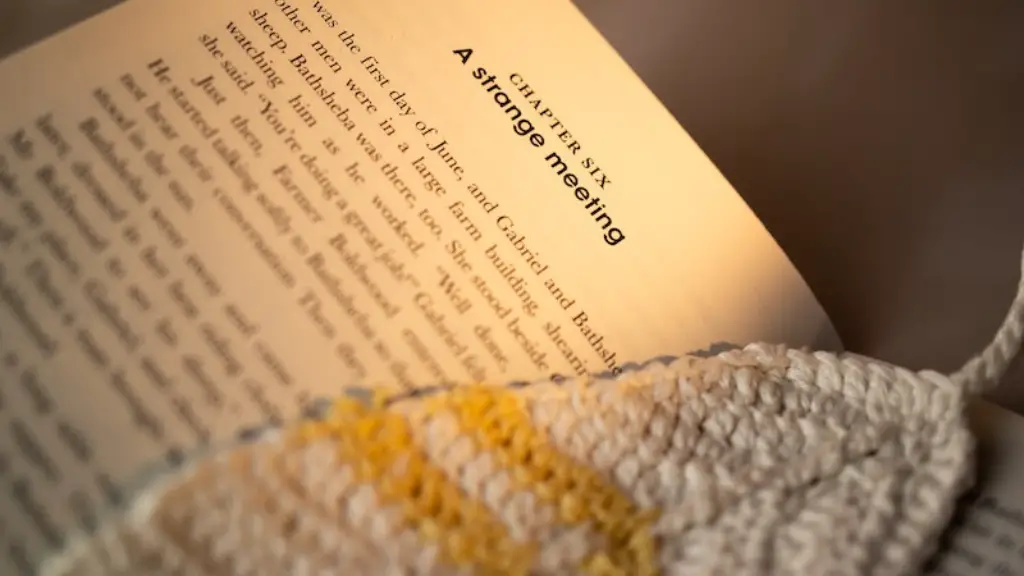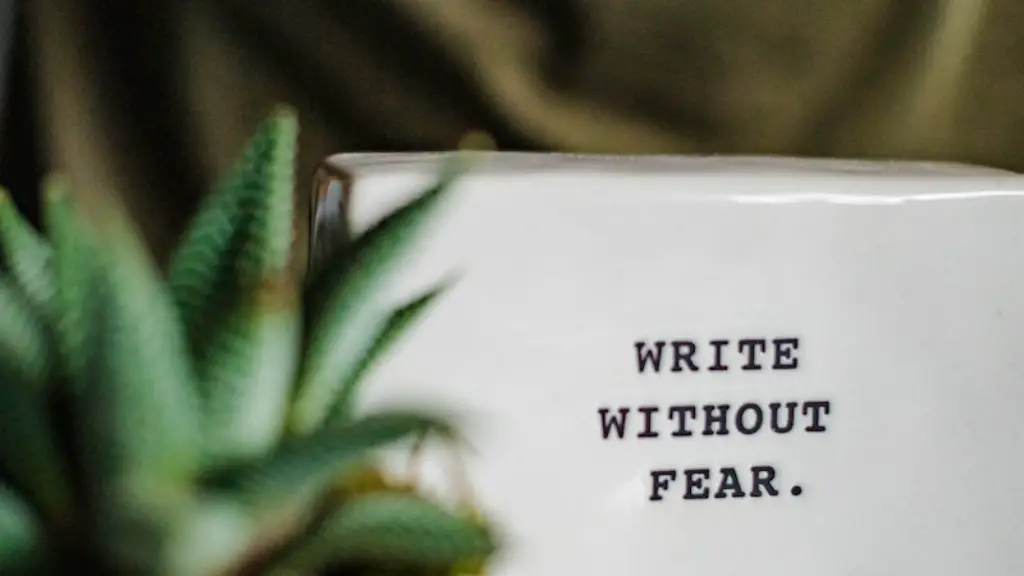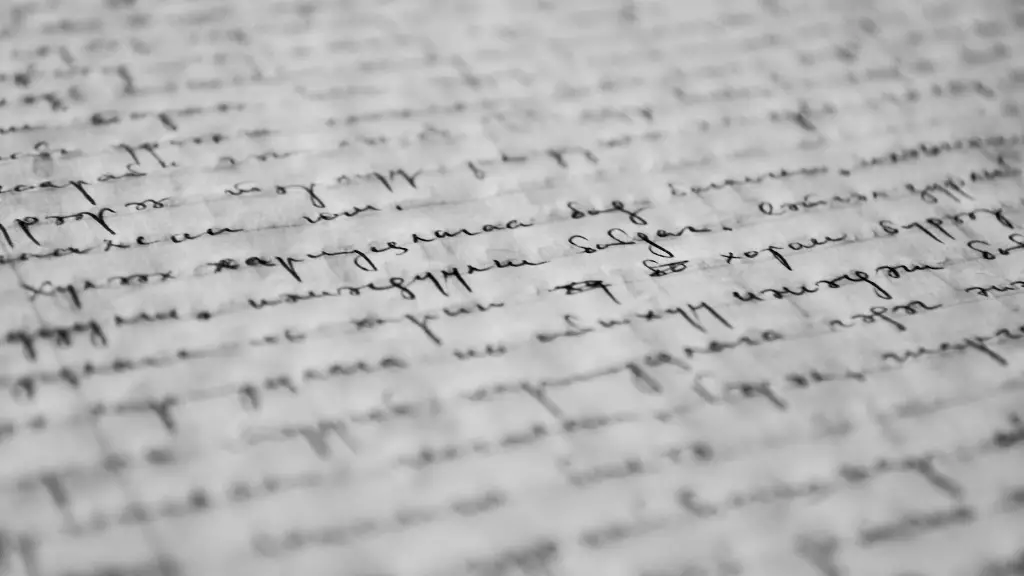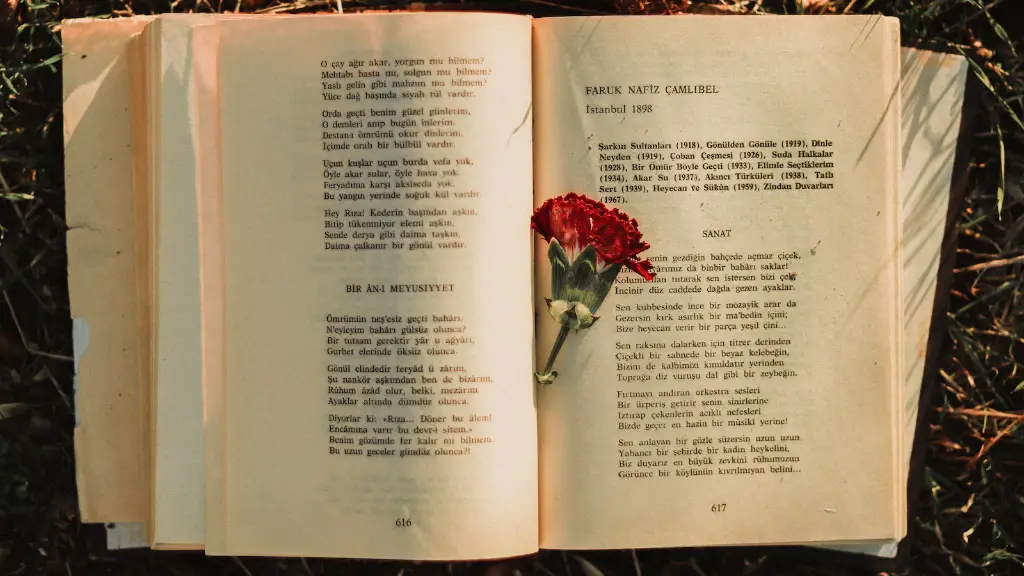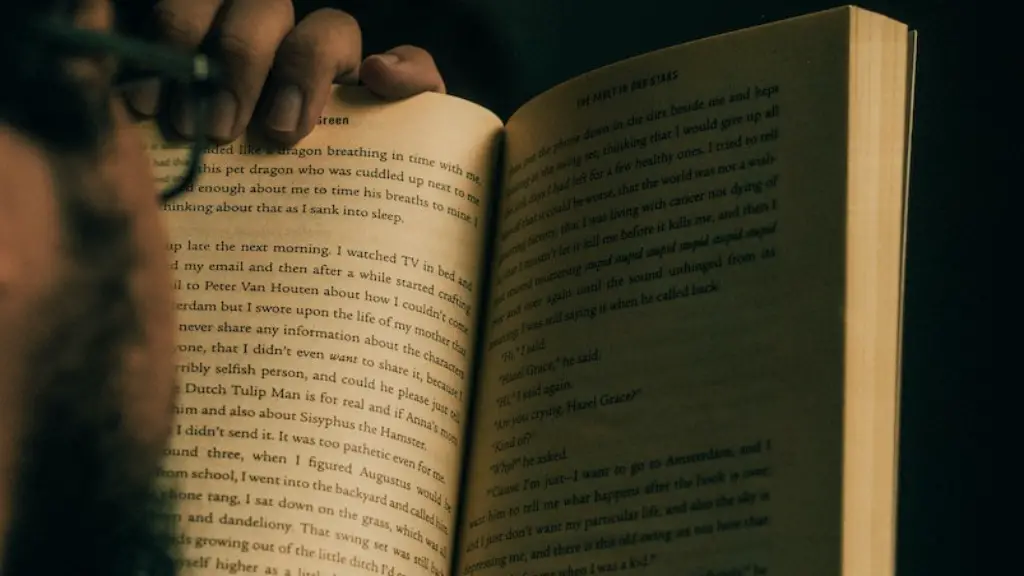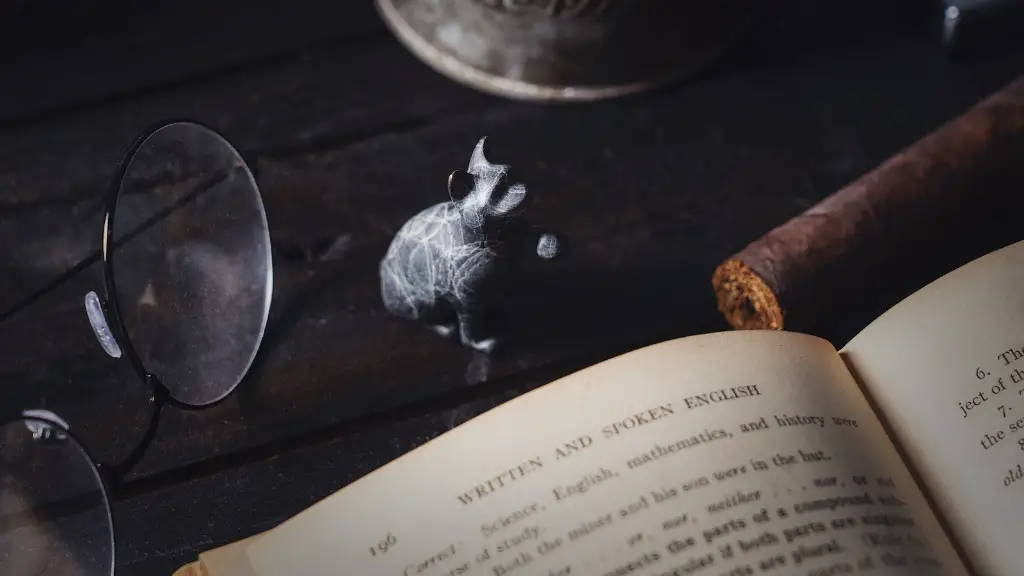The History of Poetry
The history of poetry is vast and complex, stretching back thousands of years, to the ancient Sumerians and Egyptians. More recently, it can be traced to the works of the Greek lyric poets, notably Sappho and Pindar, and to the Latin poets such as Ovid, Catullus and Virgil. While each of these ancient cultures developed their own unique forms and styles of poetry, there were some common elements that transcended geography and time, such as aesthetic ideals, themes, and the use of poetic devices.
The Middle Ages saw the emergence of new forms and styles of poetry, including the troubadour’s love songs, the rhythmical epics of the Old English poem Beowulf, and the ornate works of Dante, Chaucer, and the troubadour poets. In the Renaissance, a renewed interest in classicism brought with it a more stylised literary form, in the form of the sonnet and ode.
The eighteenth century saw what is often termed the ‘Age of Reason’, with a renewed emphasis on logic and order, and a more formalised style of writing, spearheaded by the works of Alexander Pope. In the Romantic period, a move away from classical ideals, saw a re-emergence of a more emotional style, with an emphasis on the power of nature and the individual. This period saw the emergence of the works of Coleridge, Wordsworth, and Keats.
In the twentieth century, the rise of Modernism saw a move away from traditional forms, in favour of more abstract and experimental forms of expression. This period saw the emergence of such poets as T.S. Eliot, Robert Frost, Ezra Pound, and e. e. cummings.
In recent decades, the rise of postmodernism has brought with it a renewed interest in the experimental, and a move towards a more eclectically diverse range of styles, forms and approaches to poetry. Poets such as John Ashbery, Marianne Moore, and Wallace Stevens have embraced the potential of postmodern poetry to challenge traditional ideas and conventions.
Poetry Structures and Devices
Poets employ a range of structures and devices in order to communicate their ideas and feelings. These include metre and rhythm; use of rhyme, alliteration and assonance; and the use of figurative language such as metaphor, simile and personification. Each of these devices helps to create a specific emotional or intellectual effect, and to shape the reader’s experience of the poem.
The use of metre, or the patterns of stressed and unstressed syllables, helps to give the poem a sense of natural rhythm and flow. Poets use a range of different metrical forms and patterns, including iambic pentameter, trochaic tetrameter, and anapestic trimeter. The particular organisation of these stressed and unstressed syllables creates a structure that can be used to emphasise certain ideas and convey certain emotions.
Rhyme is another important poetic device, in which two or more words are arranged in such a way that their final syllables sound the same. It can be used to bring a sense of unity and closure to a poem, and to reinforce certain ideas and feelings. Alliteration is a similar device, where two or more words are linked by the repetition of the same initial consonant sound, such as in ‘soft, silver sea’. Assonance, meanwhile, involves the repetition of similar vowel sounds, such as in ‘the rays of the setting sun’.
Figurative language is integral to poetic effect, and involves the use of comparison and imagery to create an arresting image. Metaphor is one such device, in which an implied comparison is made between two seemingly unrelated things. Simile is similar, but involves an explicit comparison between two things, usually using ‘like’ or ‘as’ to link them. Personification, meanwhile, involves endowing non-human things with human characteristics or qualities.
Rhythm and Sound in Poetry
The rhythm and sound of a poem can be as important as the meaning of the words themselves. Through the use of repeated phrases, assonance and alliteration, rhythmic patterns are created that imbue the poem with a musicality and sonic quality that can convey emotion as powerfully as any individual word.
End-stopped lines, where the phrase or sentence is completed at the end of the line, can be used to create a sense of finality and closure. Similarly, enjambment, where the phrase or sentence continues over the end of the line, can create a sense of flow and motion, or a sense of tension that is resolved at the start of the next line.
In addition to formal elements such as metre and rhyme, poets often play with rhythm and sound as an integral part of their poetic expression. By using specific sequences of words or syllables, or altering the emphasis or placement of words, poets can create a lyrical effect, in which the sound of the words conveys a feeling or sentiment as powerfully as the actual meaning.
Themes of Poetry
Poetry has often been used as a means of expressing ideas and feelings, particularly those which may be difficult or impossible to express in any other way. Themes such as love, loss, identity, nature and mortality have been explored in poetry for centuries, and the search for meaning and self-expression is still a driving force behind much of contemporary poetry.
For many poets, their work is deeply personal, a reflection of their individual experience and perspective. Poets such as Seamus Heaney, for example, have drawn heavily on their own life as a primary source of material, examining themes of family, home and identity. Others, such as Sylvia Plath, have used poetry as a way to explore deeper psychological and philosophical issues.
Many poems also explore wider, universal themes such as mortality, the human condition and the power of nature. These themes resonate with readers, and can be used to explore the essential truths of life, our own experience of the world and our place in it.
The Power of Poetry
Poetry has a unique power to move and inspire, in ways that have survived for centuries. Through its evocative language, rhythmic structures and haunting imagery, poetry can transport us to far-off places, allow us to relive past experiences, and offer us comfort and solace in times of need.
For many, the beauty and power of a poem lies in the ambiguity of the language and imagery, which can often be interpreted in different ways. In the hands of a master poet, the words and ideas can take on a whole new resonance, eliciting powerful emotions from readers, and instilling them with a renewed appreciation of the world around them.
Modern Poetry
The modern age has also seen a more diverse range of poetic styles and forms, as poets push the boundaries of language and experiment with new and innovative approaches to writing. In the last century, poets such as Ezra Pound, T.S. Eliot and e. e. cummings explored new forms of expression, while more recently, poets such as Langston Hughes, Adrienne Rich and John Ashbery have continued the tradition of experimenting with language and form.
The emergence of social media has also seen the emergence of a new wave of poets, using sites such as Twitter and Instagram to broaden the reach of their poetry and engage with a wider audience. These new platforms provide a stage for poets to share their work with an entirely different audience, as well as connect with other poets and build a community.
Poetry, then, is an ever-evolving art form, and will no doubt continue to evolve and adapt, to reflect the changing times and capture the boundless potential of the creative imagination.
The Art of Poetry
Poetry can be hard to define, as it is often a very personal, subjective experience. Yet, it is undeniable that poetry has the power to enchant and inspire, even across centuries and cultures. The art of poetry lies not only in the words and language that the poet uses, but in the way in which these are arranged to create a harmonious, musical arrangement, and to convey powerful emotions that can transcend time and space.
To write good poetry, it is important to have both a strong command of language and an understanding of poetic structure and form. This includes rhyme and rhythm, alliteration and assonance, and the use of metaphor and simile. It also involves the careful consideration of how the words should be arranged and emphasised, in order to create a certain emotional or intellectual effect.
Writing poetry can be both daunting and rewarding, and can take years of practice. Even the most experienced poets can struggle to express themselves in words, and it is often only when one steps back and examines their work objectively that they can begin to appreciate its language and beauty.
The Gift of Poetry
The gift of poetry is the ability to communicate ideas and emotions in an imaginative, yet succinct and poetic way. It can evoke deep feelings in the reader, and be used to explore and reflect on the nuances and complexities of life. For many, it is a source of solace and hope, providing comfort in times of strife, and offering new insights into the human condition.
Poetry also has an important educational role, teaching us about language and its uses, and teaching us to appreciate the beauty and power of the written word. It can be used to explore the nuances and ideas of a particular subject, or to delve deeper into universal themes such as loss, love, identity and mortality.
The gift of poetry, then, is the ability to move and inspire, to bring joy in sad times, and to give us a new perspective on the world around us. It is the power to evoke emotion, to create beauty and create meaning, through the use of words.
